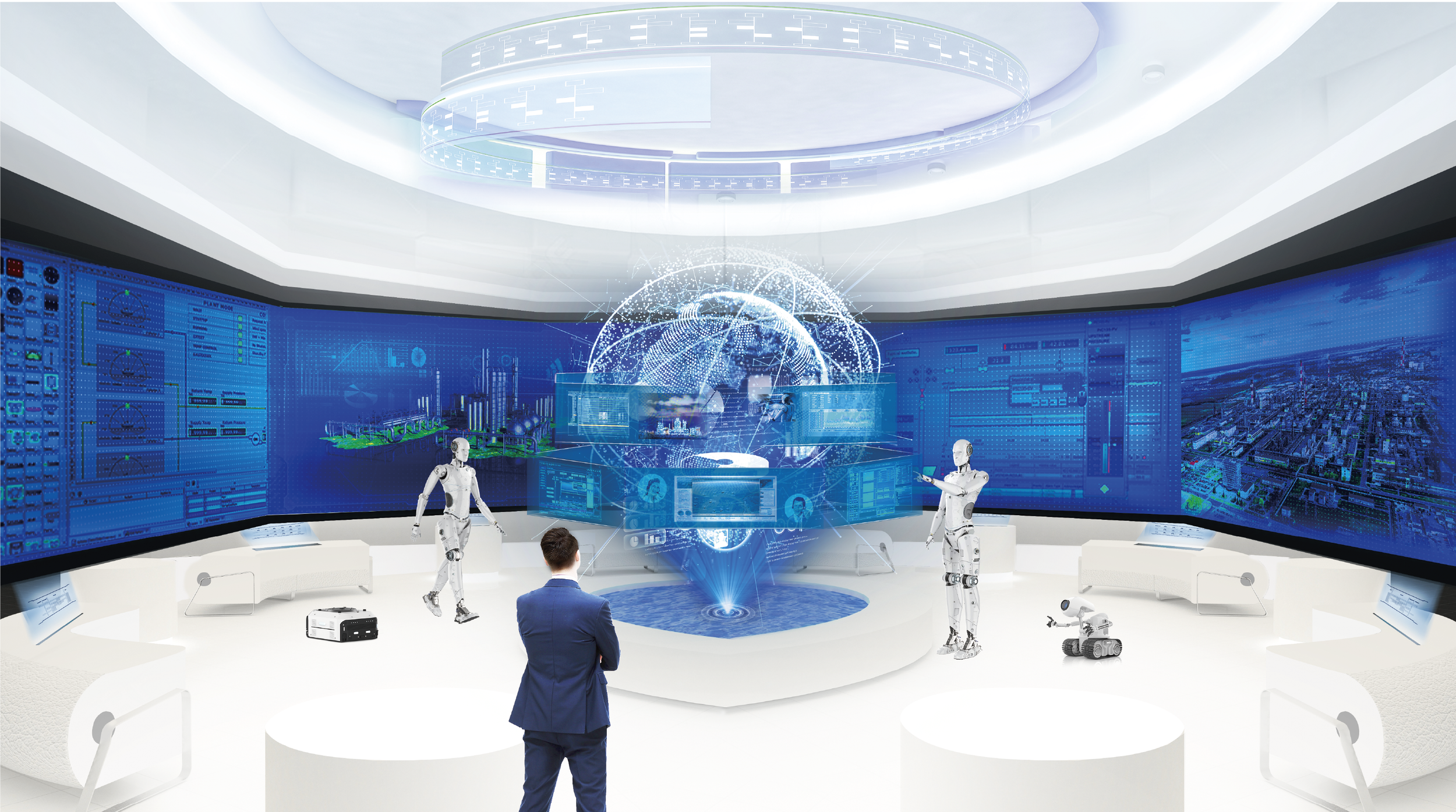
The Mechanisms for IT/OT Convergence
There’s lots of talk among process manufacturers about convergence, but how does it actually work? Yokogawa’s CI Server is a key part on the solution.
One of the fastest changing aspects of life is the multitude of ways we are seeing growth of smart, connected devices, and the data they produce. The growth of smartphone sophistication is evidence that we see every day. We can use our phones to access all manner of sites and devices via the internet, and the number of ways we can do this grows daily.
For most people, this growing digital transformation (DX) is not new. In fact, the evidence is hard to escape, and sometimes the advances intrude on our daily lives. The area we are more interested in is how these changes are being realized for process manufacturers, and how they can put DX concepts to work. In this world, developments are being made every day. We discuss this situation in our article at automation.com, IT/OT Convergence Delivers a Growing Range of Benefits.
So how can DX be realized in a process manufacturing environment? Often a first step is using the IIoT to connect all the equipment to plant networks for mutual communication among all nodes. By installing IIoT sensors for maintenance on all equipment and manufacturing assets in the plant, it is possible to acquire data such as vibration, surface temperature, pressure, and a wide range of other variables. Based on this acquired data, equipment condition can be determined, which delivers multiple benefits. It reduces the need for manual inspections, and it helps detect equipment abnormalities early, thereby avoiding downtime due to unexpected equipment failures.
At an industrial scale, the amount of data just described can quickly become overwhelming since there are often thousands of sensors and instruments, with each one sending their individual streams that can combine into a torrent. This is operational technology (OT) data, but we depend on information technology (IT) techniques to put it to work, hence the IT/OT convergence. The two sides must be blended together if the data is to become useful.
To facilitate this fusion, Yokogawa has launched its Collaborative Information Server (CI Server) as a new product that achieves IT/OT convergence. The CI Server is a software platform that applies plant operation support technology, which was cultivated through the development of Yokogawa’s CENTUM VP DCS and FAST/TOOLS SCADA systems. The CI Server was developed to create mechanisms so plant operations can effectively utilize digital technology. The platform comprises several key elements:
- A web server that acts as a data server for sending and receiving data to and from external applications and systems.
- An HMI that supports HTML5 and various work environments.
- Connectivity between the data server and the HMI.
- Cybersecurity functions to control access and detect unauthorized network activity.
The CI Server is hugely important because it is the platform that supports a variety of tools that we discuss in greater detail in the article. It is the translator able to help different types of devices and different networks communicate with each other and exchange information. It also provides the mechanism to integrate more expansive digital technologies such as cloud data storage and retrieval, digital twins of production units, and artificial intelligence. For example, operating a mirror plant to determine the effects of changing an operating parameter depends on the brute number crunching and data manipulation supported by the CI Server.
The CI Server helps improve the autonomous ability of systems by fusing plant data and digital technology, while simultaneously enabling IT/OT convergence. Where a DX program goes beyond that is up to you.

Via Yokogawa






